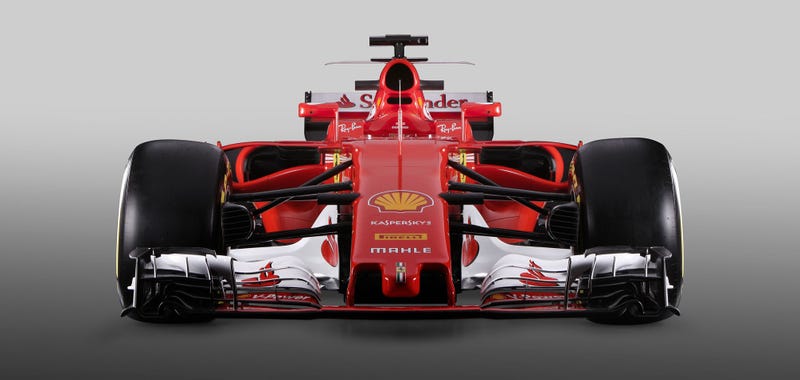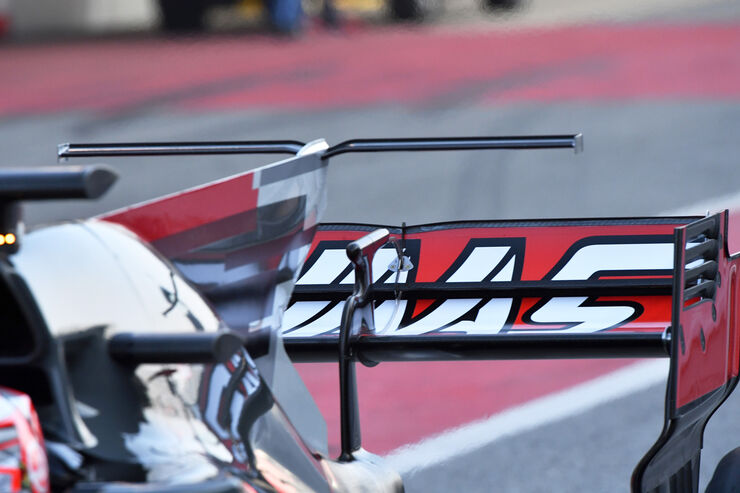What is the purpose of the T wing.... simple downforce generation or some kind of flow control for rear wing?
Brian
- Login or Register
No account yet? Sign up


Agree for the most part. This wing will add a small amount of downforce (more than the monkeyseat probably). Due to it not being affected by wing rules they can easily design it to flex and reduce downforce and associated drag at high speed.bhall II wrote:Blended winglets are usually employed to reduce tip vortices...
http://i.imgur.com/fbmJW4F.jpg
http://i.imgur.com/bVVaSSH.png
I propose that it just adds a touch of upwash to air flow before it gets to the rear wing. If so, AoA can be that much higher without increasing the risk of early separation.



That picture shows the camber line curving upwards along the chord length - its shaped like a downforce producing wing and so the vortex would create an anti-clockwise vortex - not clockwise (higher pressure on the top surface would curl down and around the winglet bit to the low pressure side). That would then hit the also anti-clockwise main rear wing one.Holm86 wrote:The way I see it, is still that the winglets are angled, to produce vortices at the tip of the winglet. In this picture, the tip would produce a clockwise vortex...

